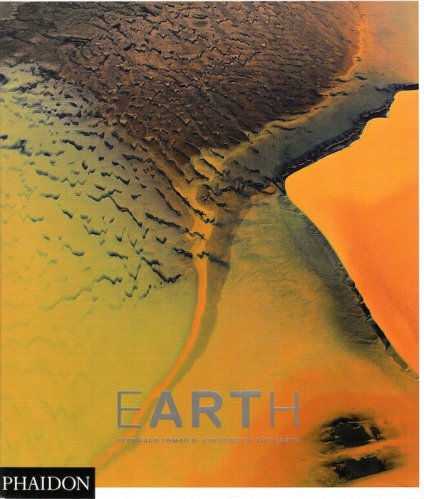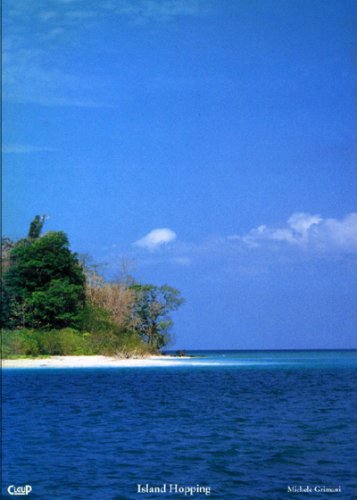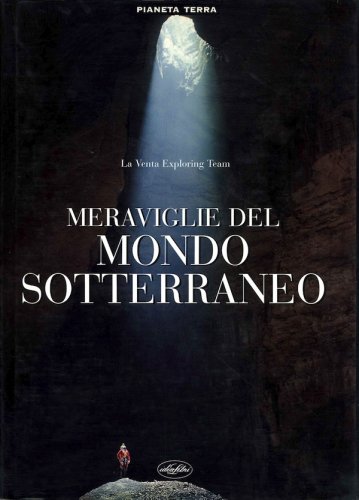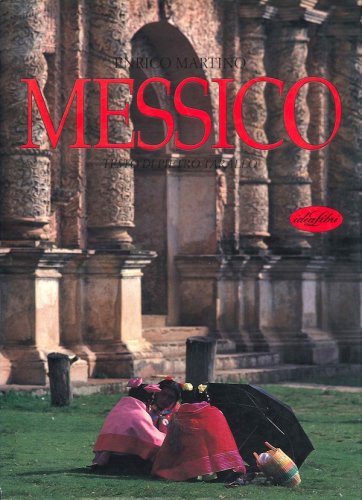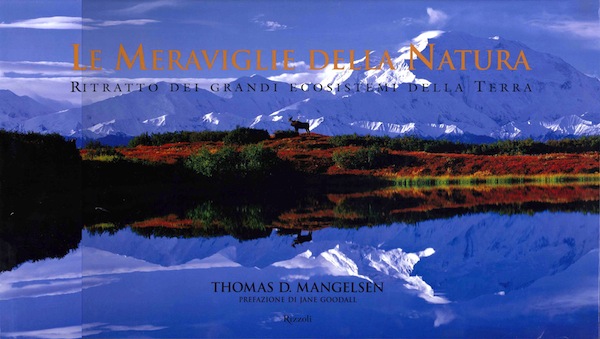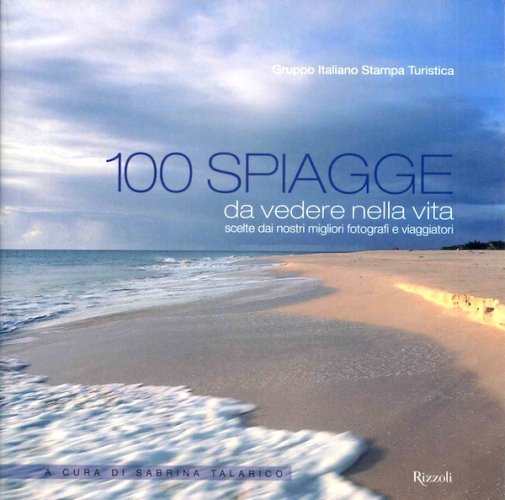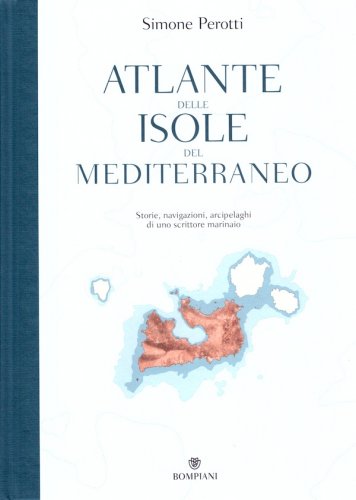EarthArt
EarthArt
- Disponibile in 7 giorni
- Possibilità di reso entro 10 giorni lavorativi
- Transazione sicura con carta di credito, Paypal o bonifico bancario
- Spedizione tracciata con SDA
EarthART: Colours of the Earth is a spectacular collection of breathtaking images by world-renowned aerial photographer Bernhard Edmaier (Earthsong, 2004, Patterns of the Earth, 2007 and Earth on Fire, 2009). Divided into colour-coded chapters (blue, green, yellow, orange, red, violet, brown, grey/black and white), EarthART offers an astounding and little-seen view of the world’s surface. The images are presented on a black background for maximum effect: in the jewel-bright pages of this book, the colour wheel comes to life. The selection includes some of Edmaier’s most celebrated aerial photographs as well as brand new, never-before-published images from the photographer’s most recent photographic flights, undertaken in Chile and Bolivia in November 2012 to complete his image selection for this new book. The book also includes some close-up shots of particularly striking natural phenomena. The images in EarthART cover the entire colour spectrum as found in nature, and each photograph is accompanied by a short caption explaining how, where and why these spectacular colours occur: from tropical turquoise seas to icy blue glaciers; from lush green forests to rivers turned green by microscopically small algae. Yellow is the colour of desert sands as well as of sulphur crystals found near active volcanoes, while orange is the colour both of autumn leaves and of weathered rock: iron elements in the earth’s crust react with the oxygen and humidity in the air, producing shades from gold and rust right through to blood red. Red can also be a sign of intense heat, in the form of magma emerging from the earth’s core. Violet-coloured rock is very rare, requiring the presence of sunlight as well as several different minerals. While the earth can produce every colour imaginable, parts of our planet are characterized by the absence of colour, from the layers of grey ash and blackened, cooled streams of lava left behind by volcanic eruptions to the dazzling white of freshly fallen snow or the vast salt flats found in desert regions. Black and white – and the countless shades of grey in between – are the key anchoring elements of the colour spectrum; without them, the other colours wouldn’t shine as brightly. And on closer inspection, many of these supposedly neutral tones turn out to be enriched by flashes of colour, too. Theories of colour – how colours arise, what they mean, and how they relate to each other – have occupied some of the world’s greatest minds, from Aristotle to Newton, and inspired countless artists and designers. Yet recognizing and naming colours is also one of the first things we teach small children: colour is something fundamental, which shapes the way we experience the world. There is no better to explore this subject than through the countless colours that occur naturally on the planet we inhabit, captured in the photographs collected in this book.

